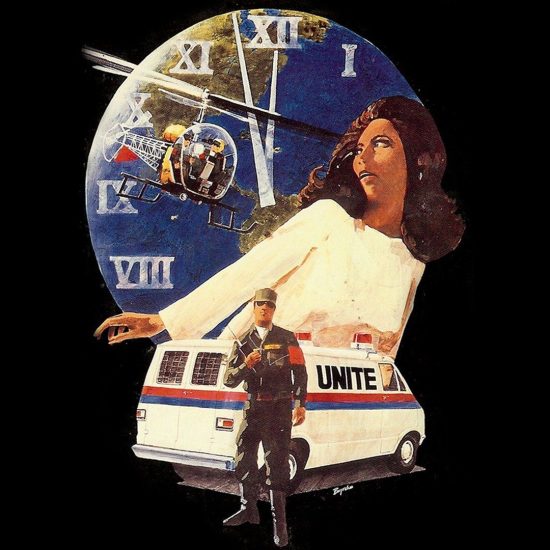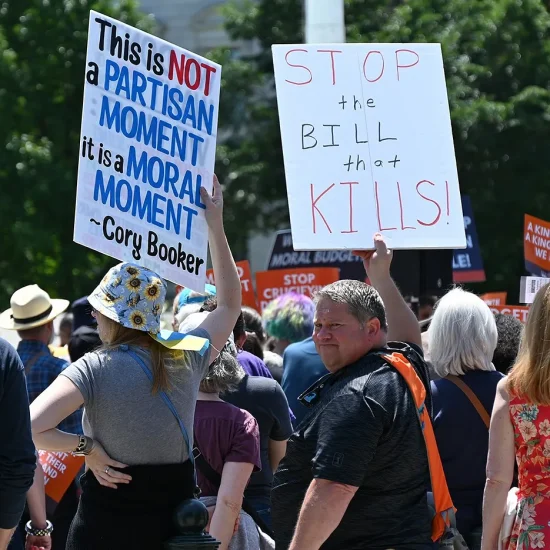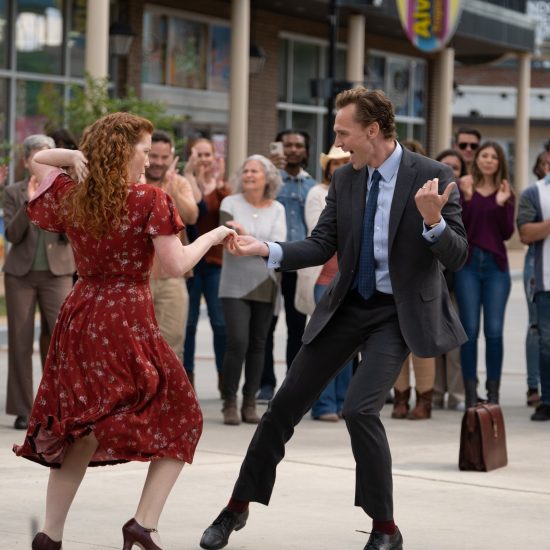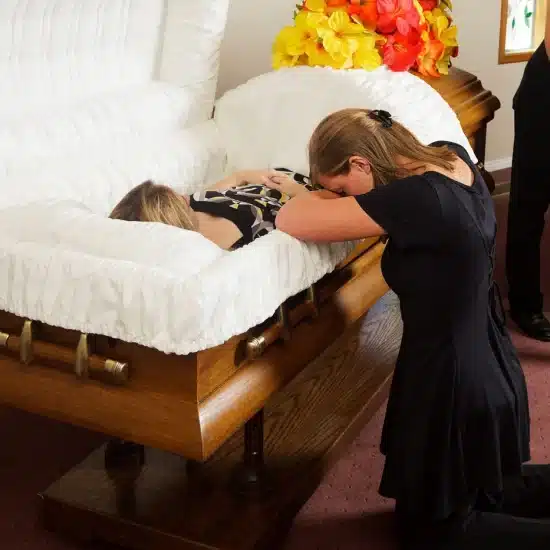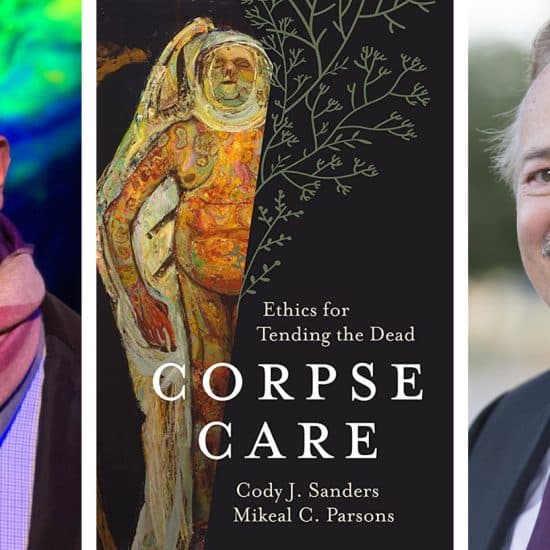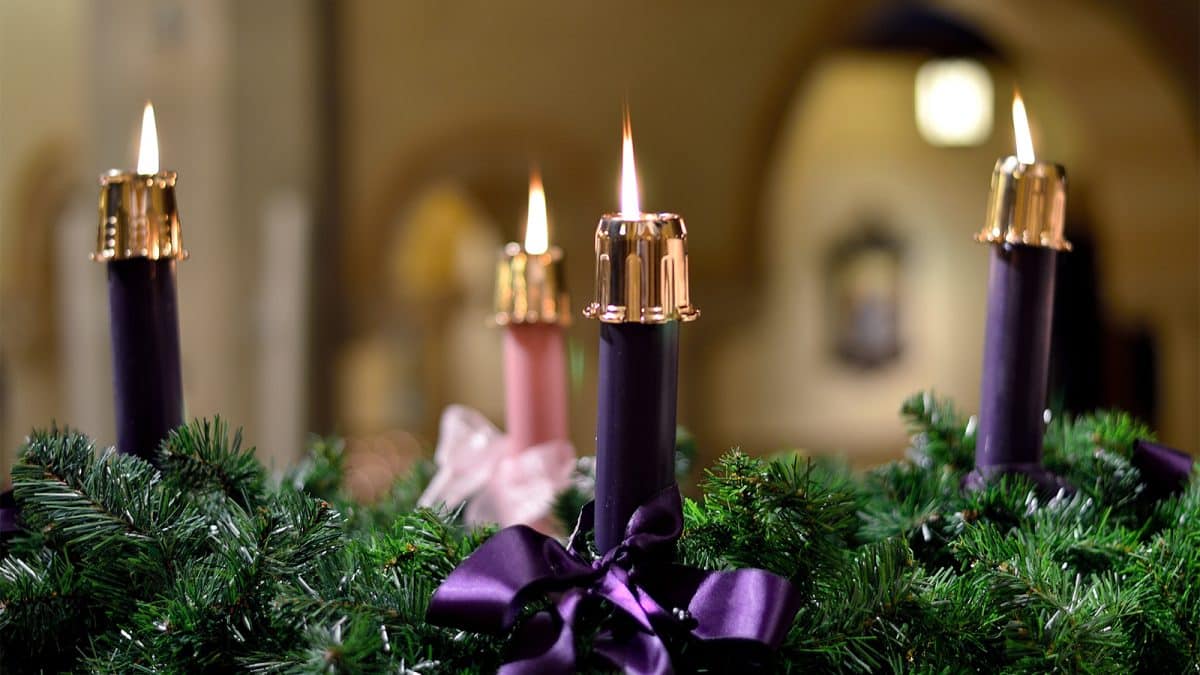
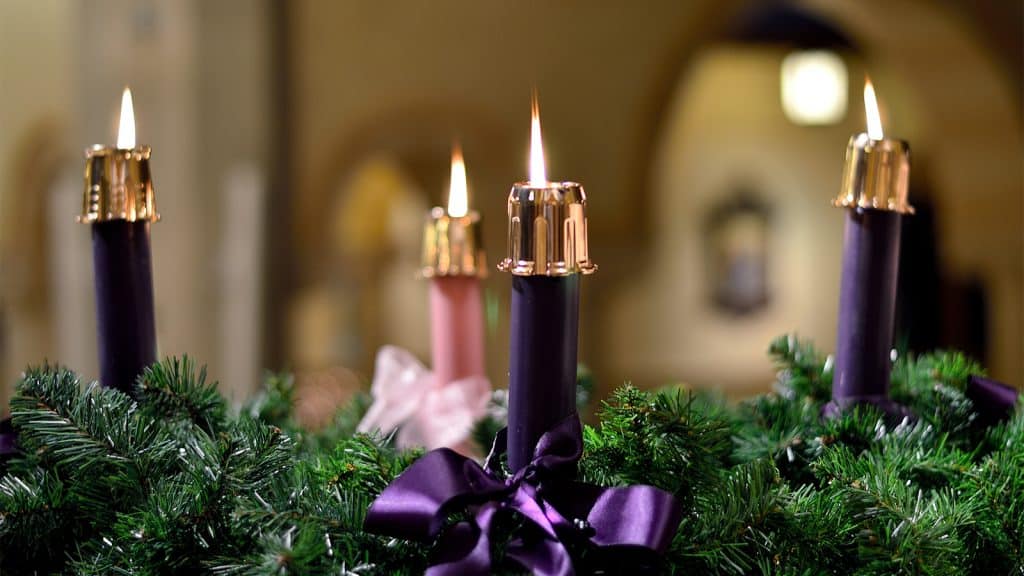
An fully lit Advent wreath. Photo by Steve Grant/Creative Commons
(RNS) — St. Ignatius of Loyola in his “Spiritual Exercises” asks his readers — traditionally those on retreat — to imagine themselves on their deathbeds. He hopes this meditation will help the retreatants to look at their lives and see what is really important and what is not, to see what they are doing right and what they are doing wrong.
The emotions we experience while thinking about our death tell us a lot about who we are and how much we trust God. Do we face death with hope or fear, are we going to a friend or to a judge?
In truth, this is not just an imaginary exercise, because we are all on our deathbeds. Life is a terminal disease; we are all going to die, we just don’t know when.
The church uses Advent, which started Sunday (Dec. 1), much the same way that St. Ignatius uses the meditation on death. The scripture readings for the First Sunday of Advent speak to us of the second coming of Christ (not the coming of baby Jesus at Christmas). This is not an imaginary exercise, either, because Jesus is coming, we just don’t know when.
How do we feel about his coming?
Suppose Jesus visited you right now? How would you react?
My first reaction would be, “Hey Jesus, I am on deadline, can you come back later?”
Next, I would become very nervous at the thought of Jesus looking over my shoulder while I am writing.
What are the things you are doing that would make you nervous or embarrassed if Jesus were here? What are the things that would make you want to postpone the coming of Christ? How would your life change if you knew Jesus was coming at the end of this Advent?
The Gospel of Matthew tells us to be watchful, stay awake, the Son of Man is coming. To some extent Matthew is trying to scare us into doing good and avoiding sin. Sometimes we need to be scared to avoid doing something stupid or bad.
But the second coming of Christ should not just inspire fear. After all, this is Jesus coming, not the Punisher of Marvel Comics. We do not greet a friend with fear, but with a smile. Jesus comes as a friend.
In Sunday’s Old Testament reading, Isaiah sings with joy about the coming of God who will instruct us in his ways and impose terms of peace and justice on the nations. There will be no more war or want, swords will be beaten into plowshares. The coming of Christ will be a time of rejoicing, a time of peace and justice, especially for the suffering and the oppressed. This is why we pray for the coming of the Father’s kingdom in the Lord’s Prayer.
The coming of Jesus is viewed differently by prophets depending on whether they are optimists or pessimists. The prophets are like science fiction writers. Some sci-fi writers see the future as an apocalyptic wasteland. They think that aliens are coming to enslave us or eat us.
Other writers see the future in optimistic terms; the world is going to get better and better. They believe ET will be our friend.

Advent wreaths have many different designs and styles, including exposed candles. Photo courtesy of Brent C via Creative Commons
Likewise, pessimistic prophets believe that humanity will mess things up so badly through war, injustice, pollution and greed that we will destroy ourselves. Jesus will have to come to save us. Only the elect will have remained faithful. The Book of Revelation takes this view.
On the other hand, the optimistic prophets believe that humanity, with the help of the Spirit, can make the world a better place, a place of justice and peace. We can build the city of God; through our actions we can build the kingdom of God. We prepare for the coming of Christ.
Pope Benedict spoke of the risen Christ as the next step in human evolution. As we become more loving, more Christ-like, we bring Christ into our world.
Which is true, the optimistic view or the pessimistic view? Both are legitimate interpretations of Scripture.
There is a lot of evidence to support the pessimistic view: nuclear weapons, pollution, drugs, poverty and ethnic, racial and religious hatreds. Even the church is in bad shape. Reading the newspaper or watching the news can easily convince us that we are headed to disaster. Today, it is global warming that is most scary. We are close to damaging our planet in a way that will take centuries to heal. Time is running out. The end truly is here unless we change our ways.
But there are also signs of hope supporting the optimistic view. Nuclear weapons are still here, but we have gone more than 70 years without using them again. Pollution is rampant, but more and more people, especially young people, are becoming environmentally conscious.
Racism and homophobia are still prevalent, but many are standing against it. The refugees, the homeless and the hungry are too prevalent, but countless people are giving their time and making sacrifices to help those in need. Our church is more sinful than holy, but we have a pope who calls us to have compassion on Mother Earth and all her children.
Will Christ come to save us because we have made a mess of it, or will we work together as the body of Christ to make the world a more welcoming place for Christ’s coming? The choice is ours. This is what it means to be free. We can choose how history will end: with a bang, with a whimper or with the coming of Christ.
As we continue through Advent, the Scriptures ask us to be watchful and wait for Christ’s coming, but we are also asked to “prepare the way of the Lord, to make straight his paths.”
Let us take the next step in human evolution and put on the Lord Jesus Christ. Let us reverse global warming. In the words of Isaiah, put on the armor of light. Beat your swords into plowshares. Come, let us climb the Lord’s mountain; let us walk in the light of the Lord. Through love let us transform the world. The Son of Man is coming at the time you least expect.

